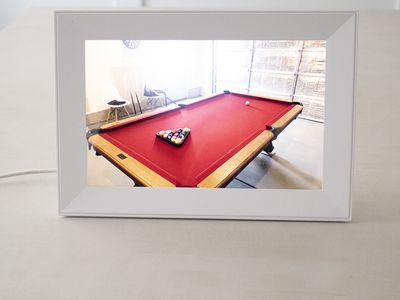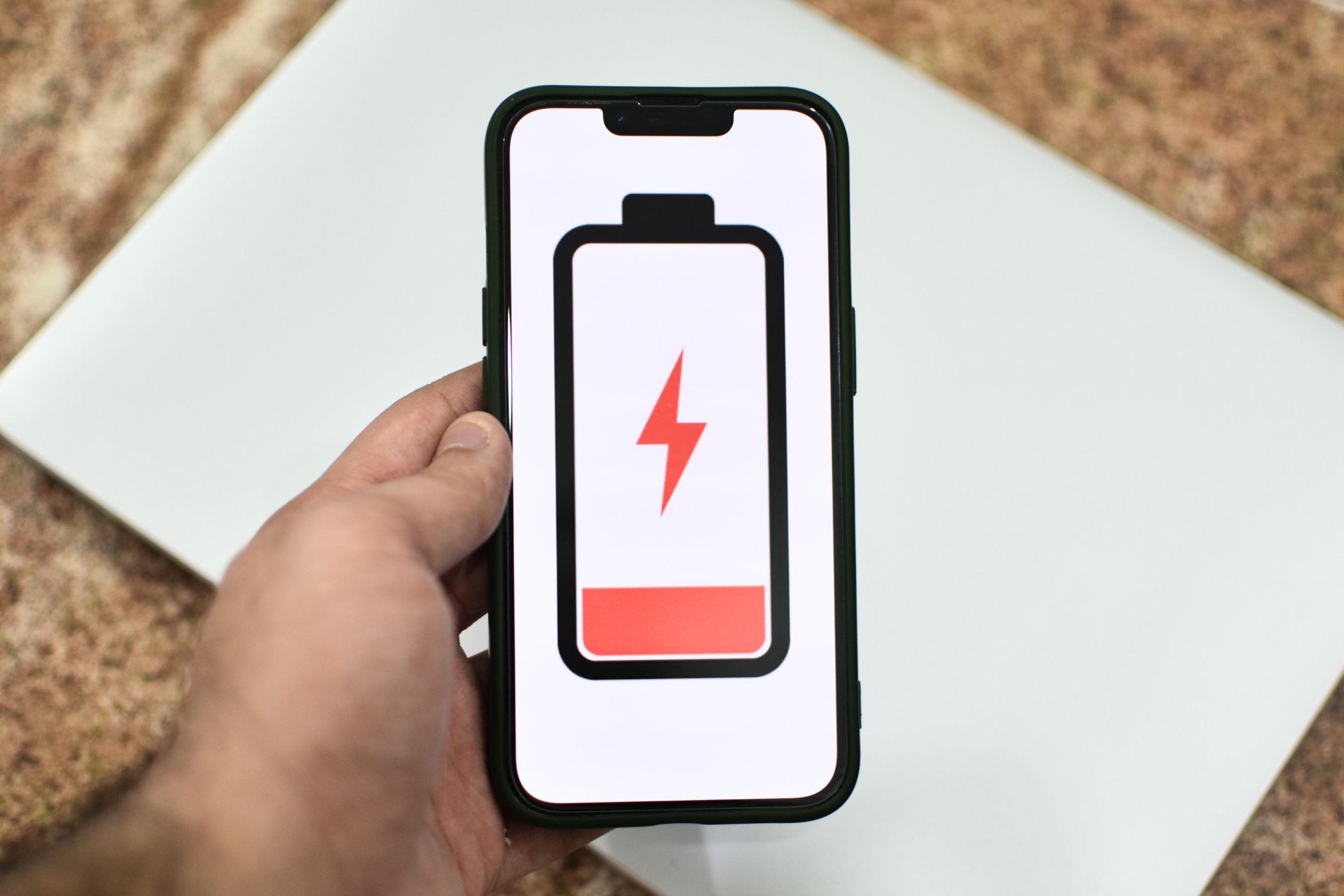
Embracing Simplicity: How My 2019 Budget Phone Powers Me

Embracing Simplicity: How My 2019 Budget Phone Powers Me
Key Takeaways
- My old Realme X2 Pro still holds up in terms of performance, even after four full years, which is why I’ll continue to use it.
- However, older phones like mine eventually stop receiving Android OS and security updates, which is why you should only consider buying older phones that’ll still receive a few years of OS and security updates.
You’d think that a guy who loves tech would always have the latest smartphone in his pocket. Well, that’s not always true. I’m still rocking a Realme X2 Pro, a mid-range phone from 2019, and there are several reasons why I just can’t convince myself to upgrade.
The Performance Is Still Lightning-Fast
Performance has always been the number one reason to upgrade for me. I couldn’t care less about the design, wireless charging, or all those different cameras. What I need is a fast, reliable smartphone that lets me call or message my friends and family without delays and random glitches. There used to be massive jumps in performance when buying a new phone every other year, but that isn’t the case these days. My 2019 Realme X2 Pro still holds up after four long years.
Although the Realme X2 Pro is a mid-range phone in terms of pricing, it packs a flagship Qualcomm Snapdragon 855+ system on a chip (SoC). It’s the same chip found in the original Samsung Galaxy Z Flip as well as the OnePlus 7T. While it’s an older chip, the performance still holds up really well—it’s comparable to a recently released mid-range phone. Apps open instantly, demanding games are reasonably smooth, and the phone can take quick photos.
Maybe one of the reasons why my phone hasn’t shown its age yet is the UFS 3.0 storage. Sure, it’s half the speed of UFS 4.0 , which has 4,200MB/s sequential read speeds and 2,800MB/s sequential write speeds, but it’s still plenty fast. When I open my gallery with over 10,000 photos, old photos load as fast as I can scroll; there’s no noticeable delay.
It Meets (And Often Exceeds) My Needs
A bright Super AMOLED display with HDR, a high refresh rate, and an always-on display—sounds like I’m describing a $1,000 flagship, but I’m actually still talking about my ol’ reliable Realme X2 Pro. The 90Hz display feels buttery smooth when I scroll through social media and play games.
Aside from the solid display, the phone has a quad-camera layout with a 64 MP main camera, 8GB of RAM, 50W fast charging, an under-display fingerprint scanner, and a 4,000 mAh battery. Sure, the camera occasionally spits out an unusable photo, and the battery has lost some of its maximum capacity , but the phone is still good enough. And that’s the point I’m trying to make here—as long as your phone meets your requirements, there’s little reason to upgrade.
You Can’t Beat the Price-to-Performance Ratio of an Old Phone
A new flagship smartphone is awfully expensive—some models are north of $1,500. They’re a horrible investment when you consider that Android phones depreciate incredibly fast—according to BankMyCell, phones lose close to 50% of their original value in the first year and another 20–30% a year after that. So, why would you spend around $1,000 on a device that’s going to be worth less than $400 two years down the road?
Long gone are the days of annual major hardware improvements. Moore’s Law is dying , and we no longer see earth-shattering performance improvements across different generations. You could argue that newer phones do perform significantly better based on benchmarks. But unless you play a lot of games on your phone, I don’t think that you’ll feel a massive difference.
The same is true for the OS updates (both on Android and iOS). You won’t see the same jump in the user experience when going from Android 11 to Android 14 that you saw from Android 4.1 Jelly Bean to Android 5.0 Lollipop—which is when Material Design was first introduced .
The massive price depreciation and minor year-to-year improvements aren’t necessarily bad. You can get more bang for your buck if you choose to buy a year-old flagship phone , either used or new. You can often find them at the price of a mid-range phone. You’ll still get a few years of OS and security updates, the performance will be top-notch, apps will work, and the battery hasn’t degraded much. It’s not like the release of the latest model magically turned its predecessor into garbage.
It Reduces My Carbon Footprint
Smartphones alone aren’t the cause of global warming, but like any piece of semi-disposable tech, they contribute to it. Lithium-ion batteries in our smartphones are especially hazardous to the environment .
The sheer number of phones in existence is enough to make your head spin. Think about how common smartphones actually are. Everyone and their dog has one in their pocket. All those phones, along with accompanying accessories such as chargers, cables, and cases, will end up in a landfill.
The manufacturing process is what makes up for 85% of its carbon footprint . The most effective ways to lower our carbon footprint include purchasing used phones or sticking with our current phones for a little while longer.
The Downsides of Owning an Old Phone

Shikhar Mehrotra / How-To Geek
The slightly worse performance and camera on an older phone won’t turn many people away. Unfortunately, the same cannot be said for the aging battery, outdated software, and random compatibility issues with apps. The battery especially gets problematic after two or three years. I sometimes have to charge my phone twice a day if I’m using it a lot, whereas some new phones can go two days without charging.
As for software, most of us can live without the latest version of the volume slider UI or some other minor feature, but our apps can’t. Once your phone stops receiving OS updates , you’ll find that apps will slowly become glitchy after a year or two. This is because apps continue to evolve alongside the OS, so every app update has a small chance of completely breaking the app or a major feature within it.
Maybe this is a “do as I say, not as I do” situation—we don’t recommend using a phone that has stopped receiving security updates . Older phones are significantly more susceptible to cyberattacks. Since your smartphone is your personal pocket universe that has all of your important data on it, you shouldn’t take the risk.
You can buy a used smartphone from the current or previous year to save hundreds of dollars and enjoy a few more years of security and software updates. Alternatively, you can buy a brand new Google Pixel 8 and receive seven years of updates until 2030. The Android world is full of options, old and new.
Also read:
- [New] Lullabies for Your Mind No-Stress PCs for 2024
- [New] Media Streamlining Is a Podcast or YouTube Better for You?
- [Updated] 2024 Approved Launch Strategies for FB Generosity Campaigns
- [Updated] 2024 Approved Music on the Move Top 10 Vids Dominating FB Feed
- [Updated] Secrets Revealed Skyrocketing Your Insta Video Audience for 2024
- Achieving Memetic Mastery Top 9 Techniques to Create Engaging GIFs for 2024
- Decoding the Role of Log Files in VMware vCenter: Unpacking Access & Backup Records
- Effortless Driver Downloads for Epson Printers on Windows Systems
- Gratuit Verbeteren Van APE Naar OGG-Formaat - Korting Voor Ons Heute: Movavi
- In 2024, 6 YouTuber Quizzes to Know What Type of YouTuber You Are
- Next Generation of Intel CPUs Could Face Hotter Running Challenges, Says Industry Insider – Arrow Lake Series Concerned.
- Step-by-Step Process for Effective Dell Webcam Driver Update
- Update and Install Lenovo ThinkPad X260 Drivers on Windows 11: Step-by-Step Guide
- Title: Embracing Simplicity: How My 2019 Budget Phone Powers Me
- Author: Joseph
- Created at : 2024-10-21 23:27:00
- Updated at : 2024-10-25 07:41:04
- Link: https://hardware-help.techidaily.com/embracing-simplicity-how-my-2019-budget-phone-powers-me/
- License: This work is licensed under CC BY-NC-SA 4.0.